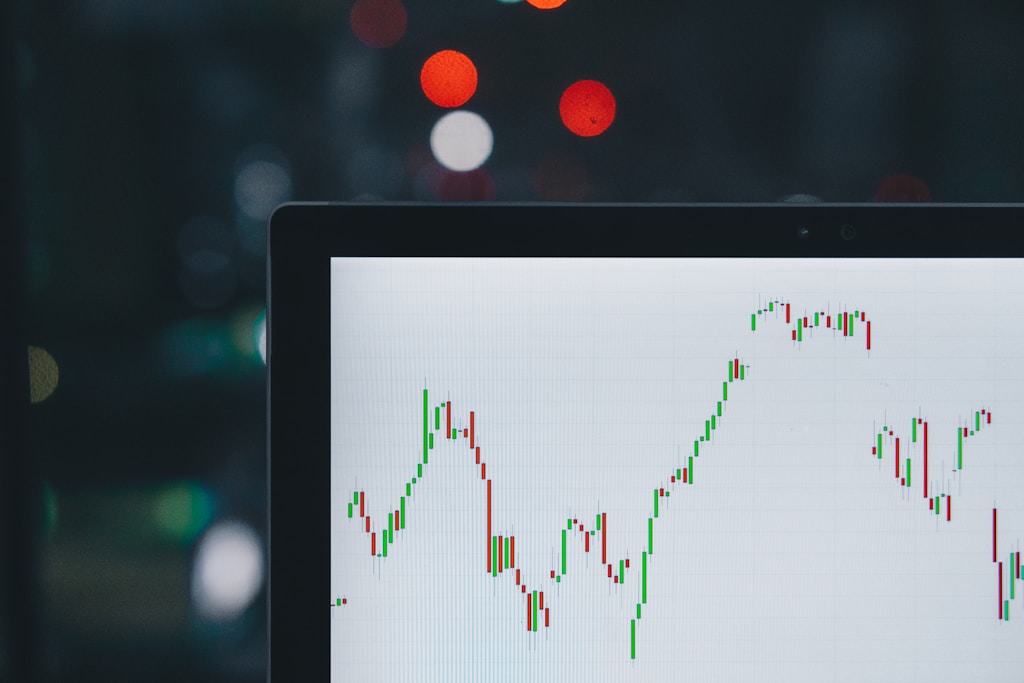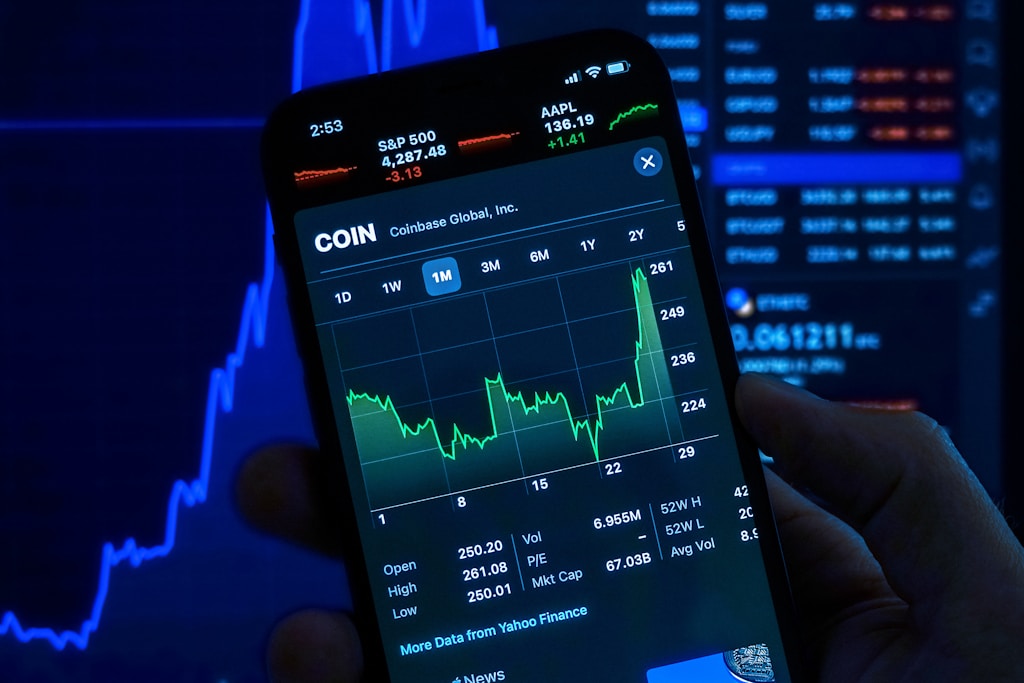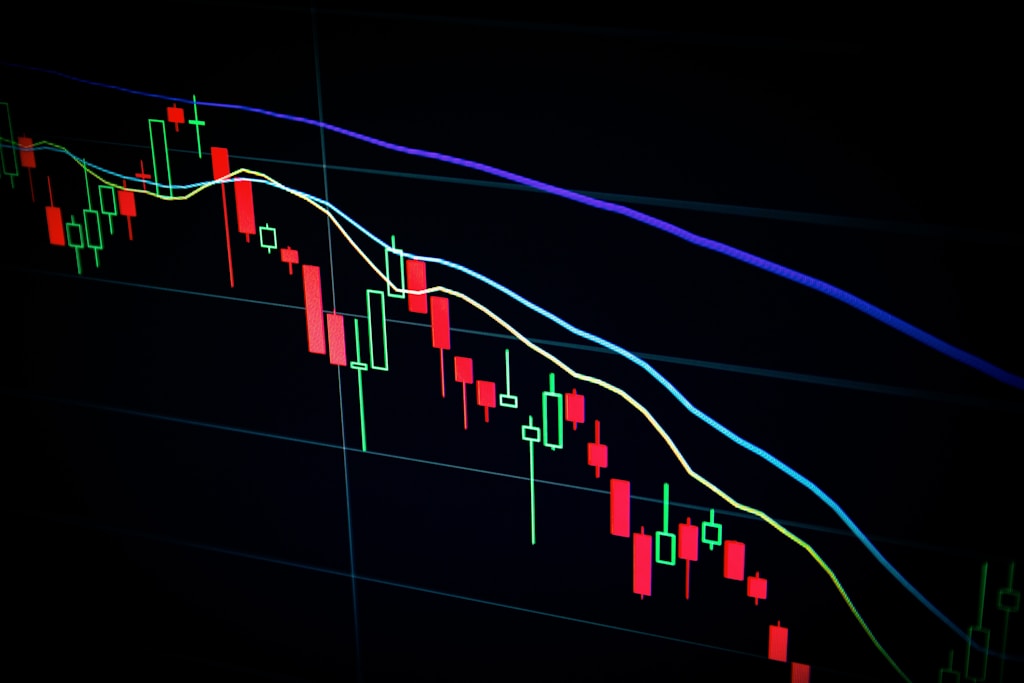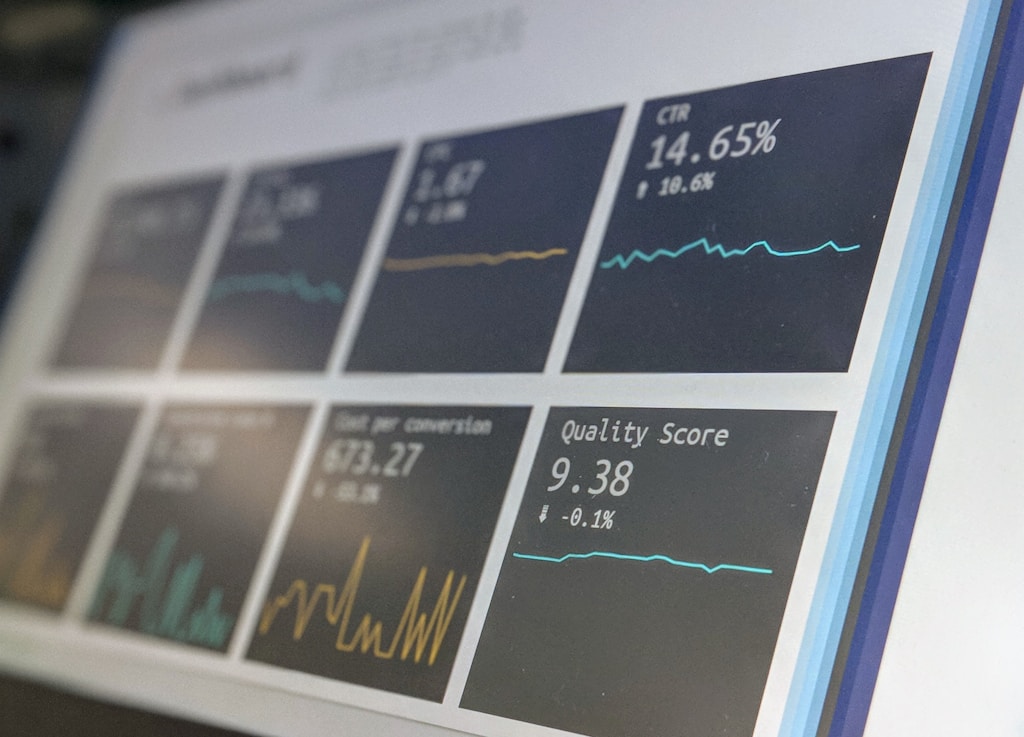Ethereum Price Analysis: ETH Targets $3,000 Milestone Amid Strong Technical Setup
Ethereum (ETH) is showing significant bullish momentum, with the second-largest cryptocurrency finding strong support at $2,440 and initiating a fresh upward movement. This price action comes as Bitcoin continues its historic rally above $110,000, creating positive sentiment across the crypto market.
Key Technical Indicators Signal Bullish Momentum
The current technical analysis reveals several bullish indicators for Ethereum:
- Price successfully broke above critical resistance levels at $2,500 and $2,520
- Trading comfortably above the 100-hourly Simple Moving Average
- Formation of a bullish trend line with support at $2,500
- Surpassed the 76.4% Fibonacci retracement level
Critical Price Levels to Watch
Traders should monitor these key price levels:
| Support Levels | Resistance Levels |
|---|---|
| $2,500 | $2,620 |
| $2,440 | $2,720 |
| $2,350 | $2,840 |
Path to $3,000: Key Scenarios
For Ethereum to reach the $3,000 milestone, it needs to:
- Break above immediate resistance at $2,620
- Clear the psychological barrier at $2,720
- Maintain momentum above $2,840
- Successfully test $2,920 as support
Risk Factors and Support Zones
While the outlook appears bullish, traders should be aware of potential downside risks:
- Failure to break $2,620 could trigger a retest of $2,500
- A break below $2,500 might lead to support at $2,440
- The $2,350 level serves as crucial long-term support
Technical Indicator Analysis
Current technical indicators support the bullish case:
- MACD: Showing increasing momentum in the bullish zone
- RSI: Trading above 50, indicating healthy buying pressure
- Moving Averages: Price above key SMAs suggests strong uptrend
Frequently Asked Questions
What is driving Ethereum’s current price movement?
Ethereum’s price action is primarily influenced by Bitcoin’s strong performance and improved market sentiment across the crypto sector.
What are the key resistance levels for ETH?
The major resistance levels are $2,620, $2,720, and $2,840, with $3,000 being the primary target.
What technical indicators support the bullish case?
The MACD momentum, RSI above 50, and price action above key moving averages all suggest continued upward movement.
As the crypto market continues its bullish trend, Ethereum’s technical setup suggests strong potential for reaching the $3,000 target. Traders should maintain proper risk management while monitoring key support and resistance levels.




